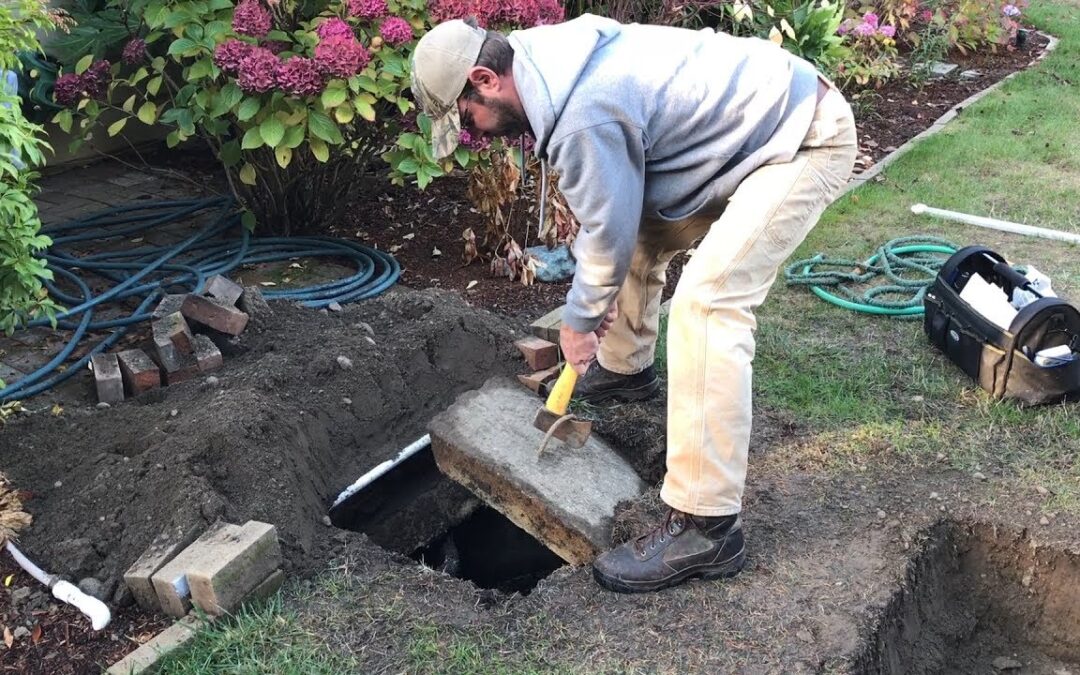Pipe corrosion is a common issue that can lead to significant problems in various industries, including plumbing, oil and gas, and water treatment. In this comprehensive guide, we will explore how pipe corrosion works, its causes, effects, and effective prevention strategies.
What is Pipe Corrosion?
Pipe corrosion is the gradual deterioration of a material due to chemical reactions with its environment. This process can compromise the integrity of pipes, leading to leaks, blockages, and failures. It is crucial for industries and homeowners alike to understand the factors contributing to corrosion to maintain the longevity and functionality of their piping systems.
Types of Pipe Corrosion
1. Uniform Corrosion
Uniform corrosion occurs evenly across the surface of the pipe, leading to a consistent reduction in wall thickness. It is often caused by exposure to moisture and chemicals in the environment. This type of corrosion is relatively easy to detect and manage.
2. Localized Corrosion
Localized corrosion, also known as pitting, results in small, deep pits on the pipe’s surface. This type is more dangerous than uniform corrosion, as it can lead to sudden failures. Factors contributing to localized corrosion include stagnant water and aggressive chemicals.
3. Galvanic Corrosion
Galvanic corrosion occurs when two different metals come into contact in the presence of an electrolyte. The more reactive metal (anode) corrodes faster than the less reactive metal (cathode). This type of corrosion is common in plumbing systems where dissimilar metals are used.
4. Stress Corrosion Cracking (SCC)
SCC is a process where environmental factors and tensile stress lead to cracking in pipes. It often occurs in high-stress areas and can be challenging to detect until significant damage has occurred.
Causes of Pipe Corrosion
Understanding the primary causes of pipe corrosion is essential for effective prevention. Here are the key factors:
1. Environmental Factors
- Moisture: Water is a significant contributor to corrosion. It can lead to both uniform and localized corrosion.
- Temperature: Higher temperatures can accelerate corrosion rates, particularly in metal pipes.
- Chemical Exposure: Harsh chemicals, acids, and alkalis can react with pipe materials, increasing the risk of corrosion.
2. Material Composition
The type of material used in pipes significantly affects their susceptibility to corrosion. For example:
- Steel: Prone to rusting and requires protective coatings.
- Copper: Can develop corrosion but is generally more resistant than steel.
- Plastic: Resistant to corrosion but may degrade under UV exposure or extreme temperatures.
3. Electrical Factors
Stray electrical currents from nearby electrical sources can accelerate corrosion in metallic pipes, leading to galvanic corrosion.
Effects of Pipe Corrosion
The consequences of pipe corrosion can be severe and costly, impacting both safety and operational efficiency.
1. Leaks and Water Damage
Corroded pipes are more prone to leaks, which can cause water damage, mold growth, and structural issues in buildings.
2. Reduced Flow Capacity
Corrosion can lead to blockages, reducing the flow capacity of pipes and affecting system efficiency.
3. Increased Maintenance Costs
Regular maintenance and repairs become necessary as corrosion progresses, leading to higher operational costs.
4. Safety Hazards
In industries such as oil and gas, corroded pipes can lead to hazardous spills or explosions, posing significant risks to workers and the environment.
Prevention Strategies
Preventing pipe corrosion is essential for maintaining the integrity and longevity of piping systems. Here are effective strategies:
1. Regular Inspections
Conducting regular inspections can help identify signs of corrosion early, allowing for timely maintenance and repairs.
2. Protective Coatings
Applying protective coatings to pipes can create a barrier against moisture and chemicals, reducing corrosion risk.
3. Corrosion Inhibitors
Using corrosion inhibitors in the fluid flowing through pipes can slow down the corrosion process. These chemicals can be particularly effective in water systems.
4. Proper Material Selection
Choosing the right materials for pipes based on the specific environment and fluid being transported can significantly reduce the risk of corrosion.
5. Cathodic Protection
In systems with metallic pipes, cathodic protection can be used to prevent galvanic corrosion by applying a small electrical current to counteract corrosive processes.
Conclusion
Pipe corrosion is a complex issue that can lead to significant problems if not properly managed. By understanding how corrosion works, its causes, and effective prevention strategies, industries and homeowners can protect their piping systems and ensure their longevity. Regular inspections and maintenance are key to preventing corrosion and its associated risks, ultimately saving time and money in the long run. If you need help with your pipe corrosion problems in the Tahoe – Truckee area, give Rooter Man a call, our professional plumbers will save the day.


